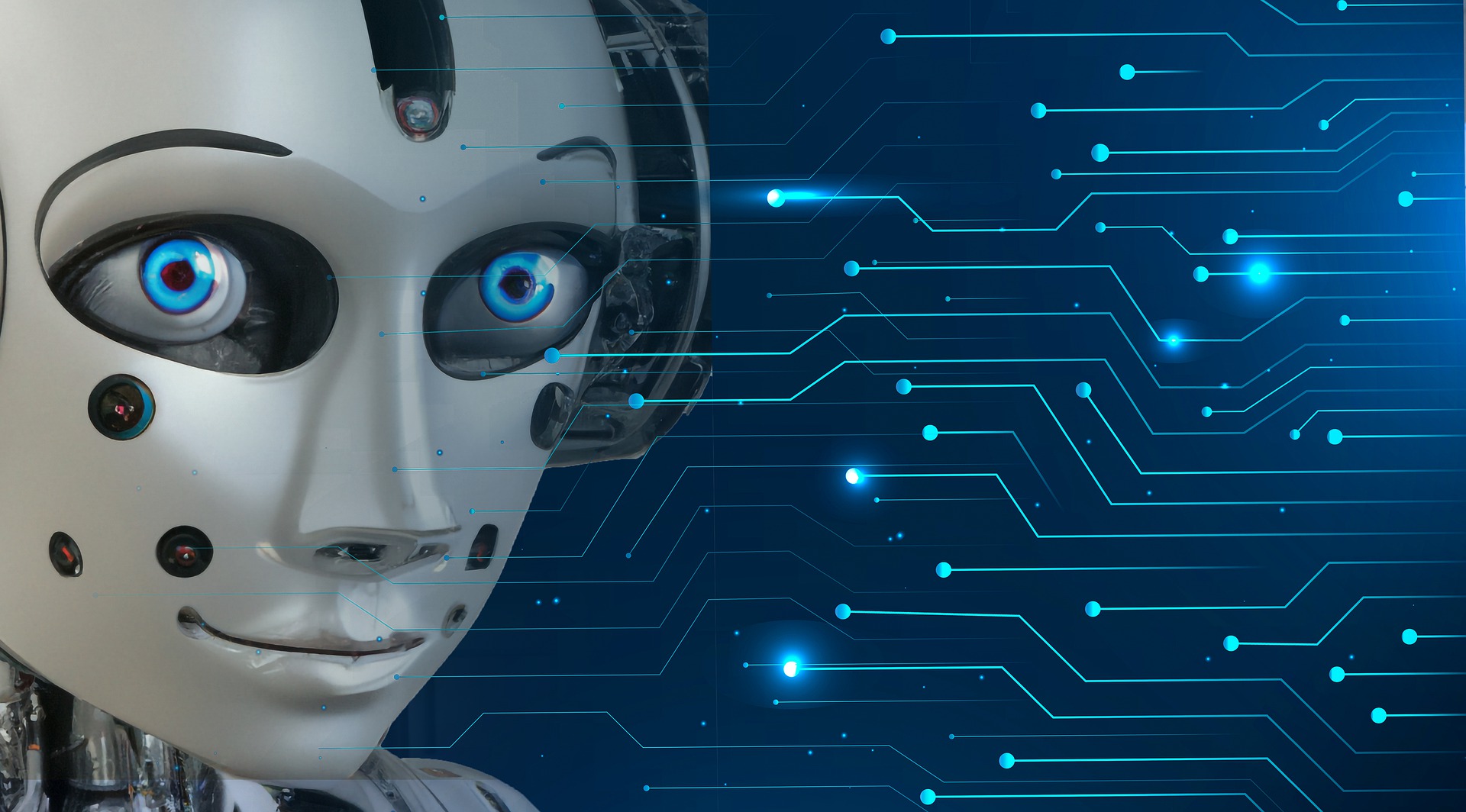The rise of AI chatbots is so meteoric, it’s hard to keep up. In fact, since writing Part 1 of this post, OpenAI has already released a brand-new version of ChatGPT. GPT-4 offers impressive abilities such as passing standardized tests, analyzing images, and writing code in all major programming languages.
As companies scramble to outpace their earlier creations, it’s a good time to pause and assess whether these chatbots are really “new and improved.” Here, we assess both the promises and the perils of AI chatbot technology for the translation industry.
The Benefits of AI Chatbots
From a business perspective, AI seems to open up exciting new avenues for reducing costs and turnaround times. Sophisticated chatbots could be used, for instance, to improve customer service and customer engagement, to write video scripts and product descriptions, or to help debug code. They can help produce multilingual content in numerous formats for less time and less money.
When it comes to translation, individual translators could use chatbots as a translation aid. Small businesses on a budget might find it especially tempting to use a chatbot for language-related tasks. And if a corporation wants to offer, say, better real-time customer support in a hundred languages, without having to pay a hundred different IT teams all over the world, a chatbot could be the answer.
The Dangers of AI Chatbots
But do these pros outweigh the pitfalls? For the translation industry, here are the three main concerns regarding AI chatbots.
Harmful Content and Inaccuracy
AI chatbots are only as good as the data they’re trained on. Unfortunately, data sets are inherently full of bias. Tests have produced content that ranges from embarrassingly inaccurate to outright disturbing, such as chatbots threatening harm to users or assisting with hate speech. Developers have acknowledged that AI can sometimes “hallucinate” facts that aren’t true, but which chatbots will present with total confidence.
OpenAI attempts to fix some of these issues with GPT-4, which is billed as less fallible than its predecessor. However, there is no chatbot with zero risk of offense. Since they lack the cultural and linguistic sensitivity of real humans, AI chatbots are ill equipped to handle high-stakes translations, such as those required in hospitals, courtrooms, international politics, and more.
Ethical Dilemmas
Furthermore, the ethics of AI-generated content are not well defined, which urges caution before leaping on the bandwagon.
Universities, for instance, have sounded alarms over the use of chatbots to generate essays and other homework, leading to charges of plagiarism. AI chatbots also have a troubled relationship with labor, sparking fears that AI might enable large-scale job cuts and raising flags about the low-wage, exploited workers often used to “train” AIs in the first place. That’s before we get into the potential impact of energy-guzzling AI models on carbon emissions at a time when more companies are prioritizing sustainability.
Worse, ChatGPT has opened the doors wide to deliberate bad actors who are using the chatbot to generate malware, fine-tune phishing emails, and propagate fake news. Although companies are working to block misuse of their platforms, hackers are working just as quickly to find jailbreaks around those safeguards. Given this ethical minefield, translators should be extremely wary of relying on AI chatbots without rigorous quality review by experts.
Security and Privacy
Indeed, chatbots’ lack of security is a primary issue for the translation industry. There is no guarantee that content you feed an AI chatbot will be secure from third party access. Actually, any input will be “scraped” by the chatbot and used to improve its data without the opportunity to opt out. AI chatbots’ data sets consist of thousands of words drawn from across the web without the original owners’ consent.
For translators working with confidential material and intellectual property, this poses a significant problem. Combined with concerns about OpenAI’s user privacy policy and data-sharing, it is not currently clear whether ChatGPT and GPT-4 comply with the European General Data Protection Regulation (GDPR). Failure to comply would be a major drawback for companies that conduct business in Europe.
Will AI Chatbots Replace Human Translators?
All in all, when we wonder if AI chatbots will replace human translators, the answer is very likely no . . . for the time being? It’s worth remembering that bots require extensive human input and training to be even slightly usable. Unlike humans, who can adapt in the moment, be flexible, understand humor, and apply cultural fluency to translations.
Instead, the real promise of generative AI could be in creating higher demand for post-editing of machine translations by human editors. As companies use chatbots to produce more and more content, professional translators to help polish that content should be a must-have.
Image by Alexandra_Koch from Pixabay






